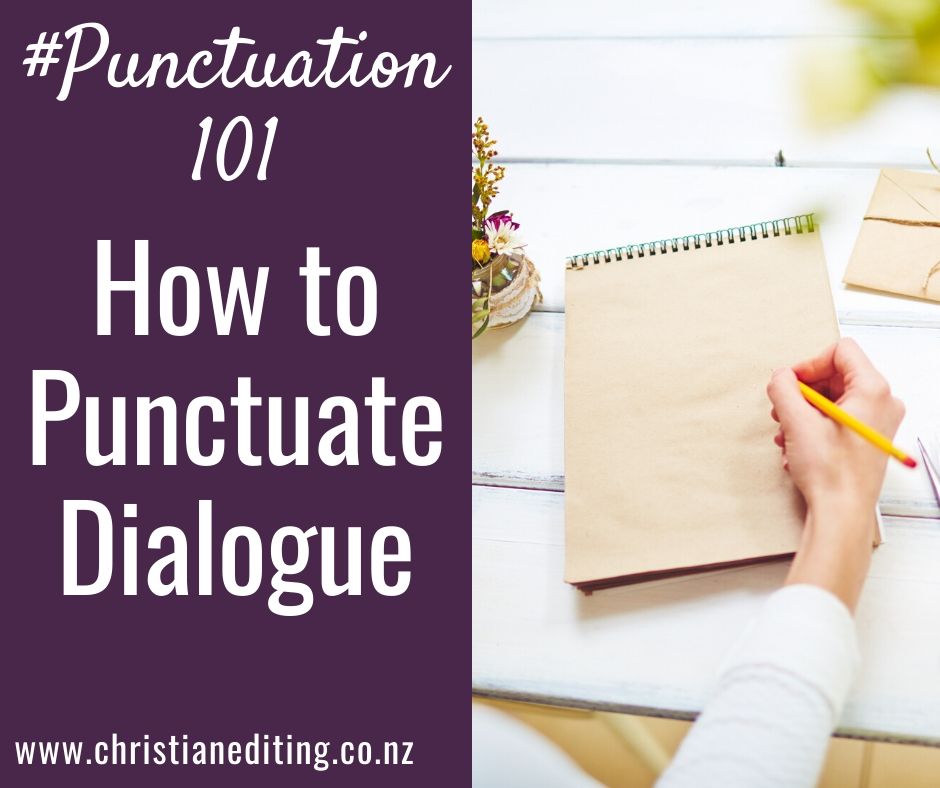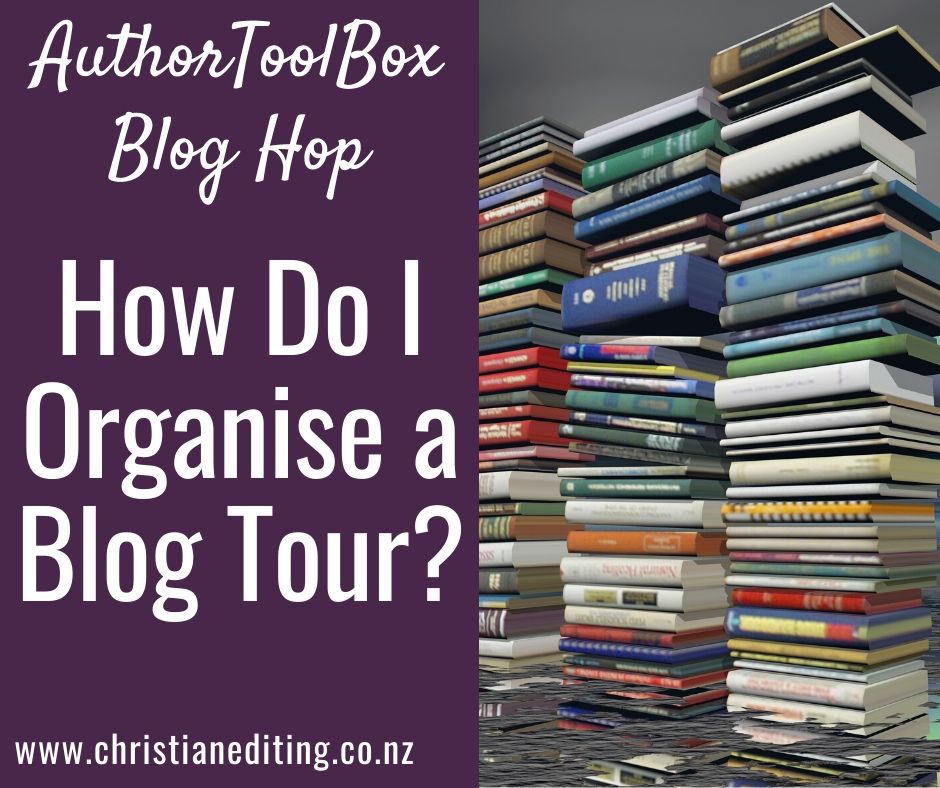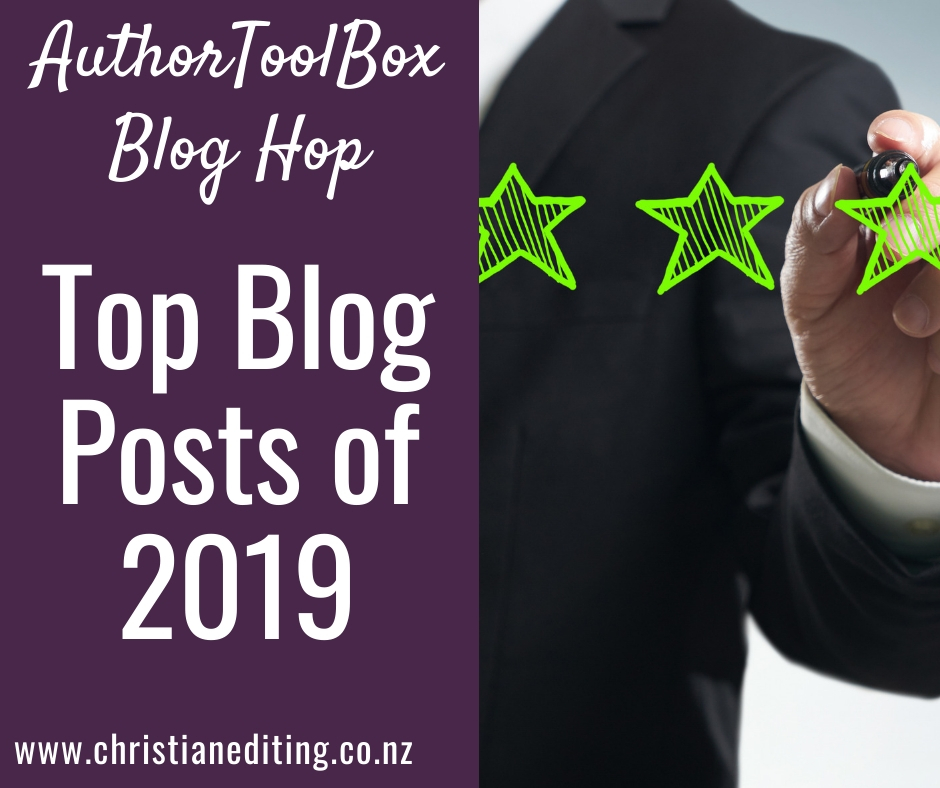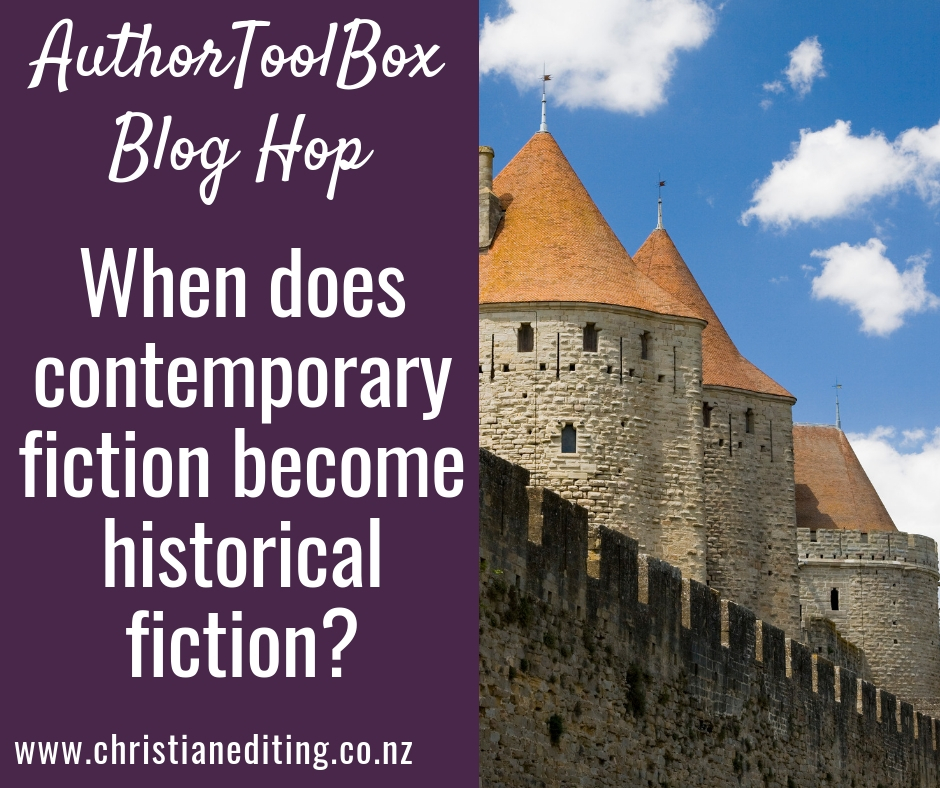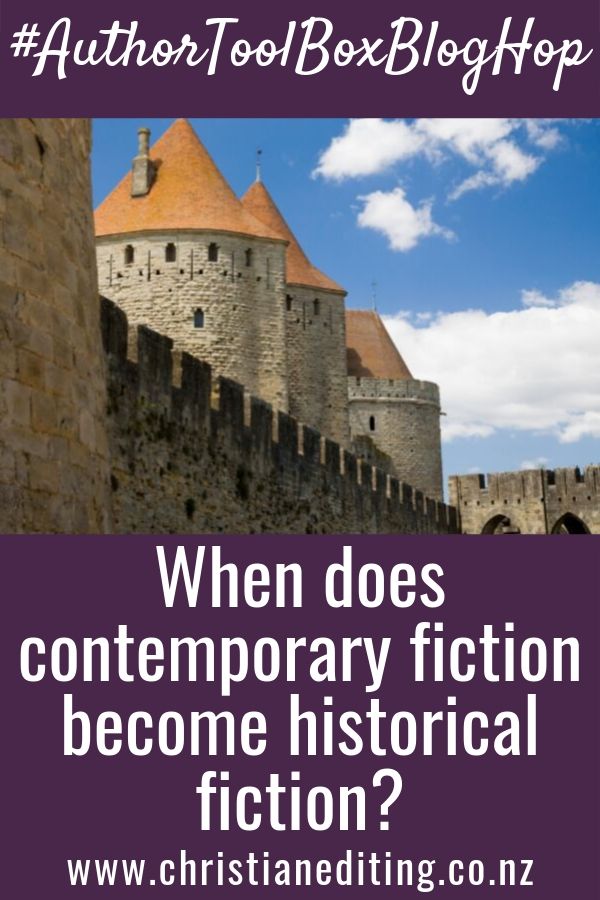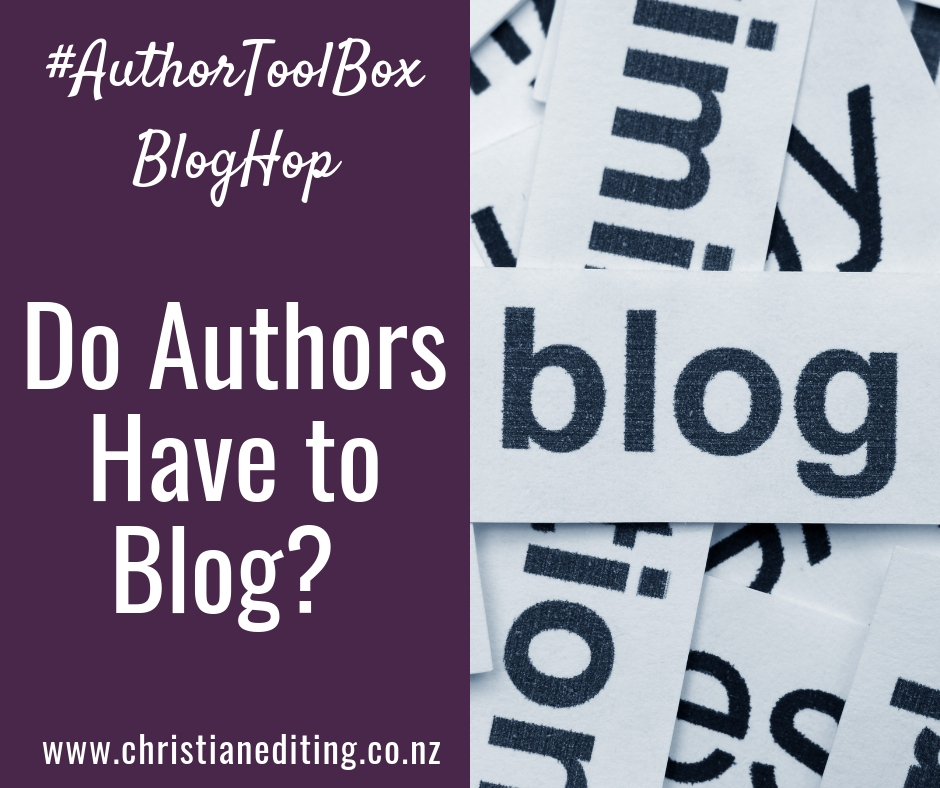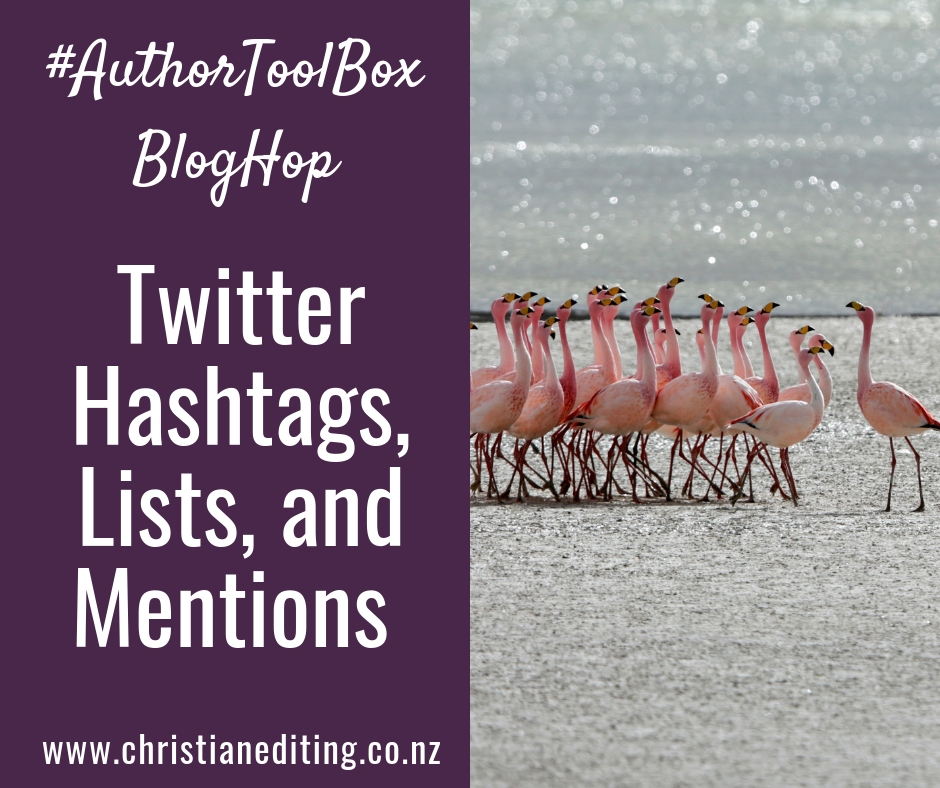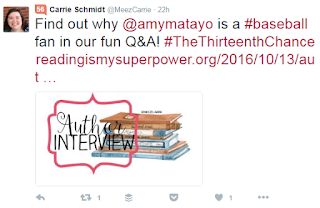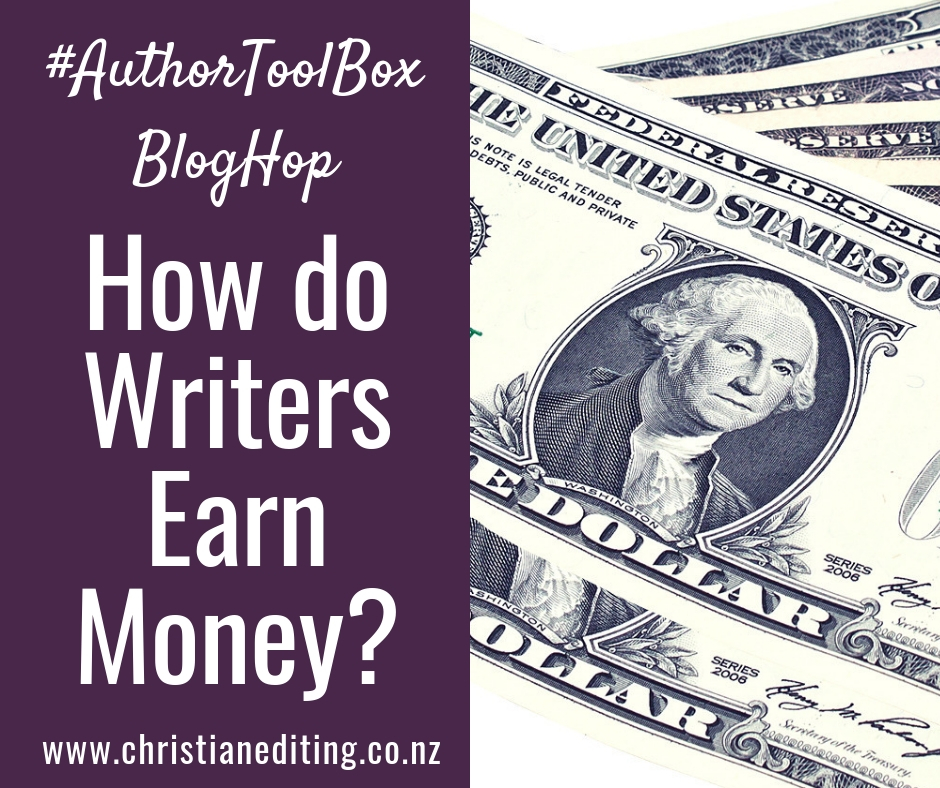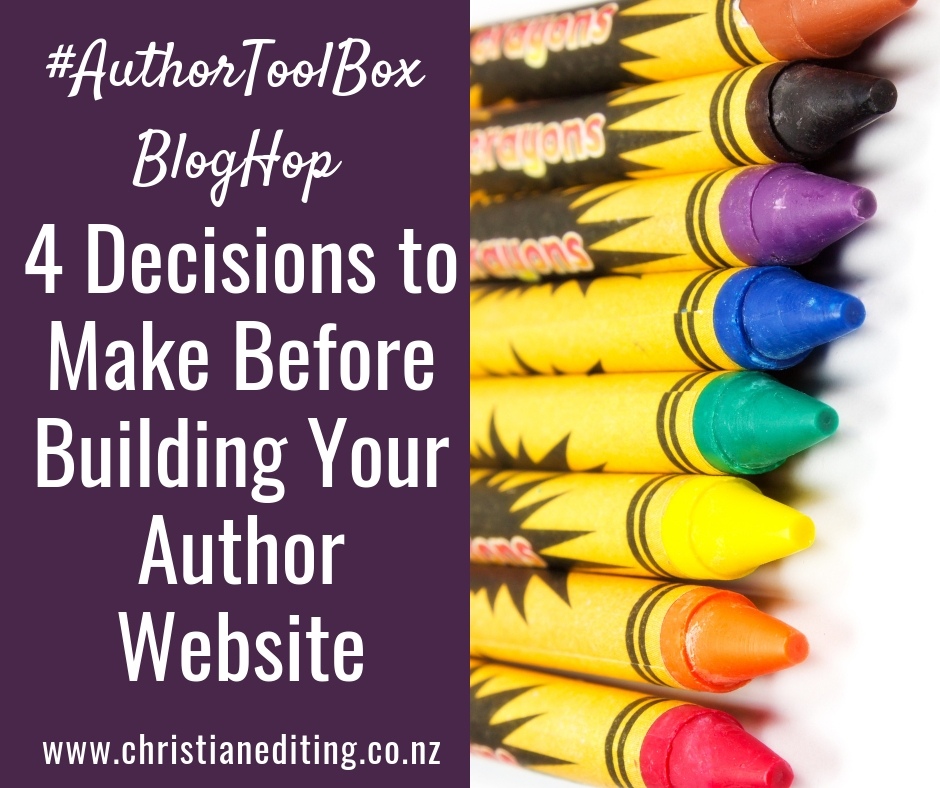This post is part of the monthly Author ToolBox Blog Hop, organised by Raimey Gallant. We now have over 40 blogs participating. To find more Blog Hop posts:
- Click here to visit the main Blog Hop page
- Click here to find our posts on Twitter
- Click here to find our Pinterest board
Writing Strong Interior Monologue
Last week, I suggested three alternatives to action beats. Today I’m going into more detail about one of these, interior monologue. As I’ve said, interior monologue is one of three main ways authors indicate when a character is thinking:
1. Quotation marks
2. Italics
3. Interior monologue
Quotation Marks
I was taught that double quotation marks indicated spoken dialogue, while single quotation marks indicated unspoken thought. However, it’s now common to use single quotation marks to indicate spoken dialogue. It would seem odd to then use double quotation marks to indicate unspoken thought, and it would probably confuse readers.
As such, it is no longer considered correct to use quotation marks.
Italics for Direct Thought
One solution to this dilemma is to use italics to indicate direct thought. Italics do distinguish unspoken thought from spoken dialogue, but there are disadvantages:
Long passages of italics are more difficult to read.
Italics can slow the pacing of the scene, and overuse of italics can confuse and annoy the reader.
Point of View
Direct thought is always first person present tense, whereas most novels are written in third person and past tense. Switching from third to first person and past to present tense can come across as a glitch.
Italics presume characters think in words.
There is another issue with both using quotation marks and italics to indicate thought: both presume that the characters think in words … and that’s not always the case. Apparently, only a quarter of the population think exclusively in words.
The rest either use visual/spatial thinking (30%) or a combination of visual/spatial thinking and thinking in words. Other recognised forms of non-verbal thought include, kinesthetic, musical, and mathematical thinking. If your character doesn’t think in words, using italics for direct thought might feel wrong as it’s emphasising the words over the impressions and feelings.
But how can we use acknowledge non-verbal thought in our writing? The best way is to use interior monologue.
Interior Monologue
Interior monologue is what your point of view character is thinking, expressed in their own voice. This is the preferred style for modern fiction, whether contemporary or historical. With interior monologue, the reader assumes the viewpoint character is narrating the story, so assumes everything is shown from that character’s point of view.
This means getting inside your character’s head and telling the story through that character’s eyes and ears, and in their voice. Any time the narration steps outside the character’s head, we have a point of view violation. Sometimes we hop into another character’s head—that’s called headhopping. Sometimes we hop into the author’s head—that’s called an author intrusion.
So here are some tips for writing solid and engaging interior monologue:
Stay in the Point of View Character’s Head
Modern writing tends to stay in one character’s head for an entire scene. If the point of view does change, this can be indicated by a scene break (e.g. ***), or by starting a new chapter. But don’t be like the author I saw who added *** between each paragraph because they couldn’t be bothered to rewrite the novel to eliminate the headhopping.
My personal preference is to only add a break if there is a new scene, which usually means a change in time, location, or point of view character. (And check out Scene and Structure by Jack Bickham for an in-depth analysis on how to write a scene.)
Staying in the character’s head means the reader can only experience what the character experiences. We can only:
- See what the character can see. If the door opens behind the character, we can’t know who comes through that door unless the character turns around, or there is some other cue (e.g. the person they’re with says “Hi, John,” or there is a convenient mirror).
- Notice what the character would notice. A botanist would probably call a flower by its Latin name. A keen gardener or a florist might know a flower by its Latin name, but could use the common name. A child might refer to the flower as the pink one with the nice smell.
- Hear what the character can hear (or not, if the character has a hearing impairment). If a character is mumbling under their breath, it’s likely the point of view character won’t hear all the words. Show that.
- Say what the character would say. An uneducated character will use different vocabulary than a more educated character, and their dialogue should reflect that. Equally, their interior monologue should reflect their unique character voice.
- Know what the character would know. If your character is a telepath, then they will know what another character is thinking. Non-telepaths can’t know what other characters are thinking. They can only infer thoughts and feelings from spoken dialogue, body language, or other external cues (e.g. how the character is speaking).
Change Scenes to Change Heads
If you want to write the story from more than one point of view, you can. But introduce the new character at the beginning of a new scene by ensuring their name is the first name mentioned in the new scene. This tells the reader there is a new point of view character, and that the interior monologue is from the viewpoint of that new character.
Four tips for writing strong interior monologue (and why it's a better option than using italics for direct thought) #WriteTip. Click To TweetAvoid Adding Narrative Distance
When you show the reader what the character can see or hear or smell or touch or feel, show them directly. Don’t add filter words—words that add a layer of distance between the character and the reader—because they are telling what you should be showing.
Words which indicate the author is adding narrative distance include:
- Feel (felt, feeling)
- See (saw, look, looked, glanced, noticed)
- Hear (heard, listened)
- Think (thought, wondered, pondered, realised, knew, remembered)
Readers don’t need to be told the character can see or hear or feel. Nor do readers need to be told what the character is thinking—if you’re writing interior monologue correctly, the reader knows all the narrative is the character’s own thoughts. And the deeper you can go into that character’s mind, the stronger and more engaging your novel will be.


